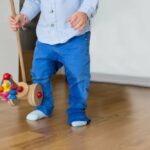Kids are likely to do what their friends are doing. This is a fact that makes most parents cringe or smile.
Peer group plays an important role in children’s social and emotional development. It introduces, suggests, or imposes certain (more or less explicit) principles, rules, and expectations and offers support, approval, and acceptance in return.
In this article
- Peer pressure can be both good and bad news
- Types of Peer Pressure
- What makes peer pressure positive or negative?
- We respond differently to peer pressure
- How can parents help?
- Teach them about peer pressure.
- Build trusting relationships at home.
- Model problem-solving and critical thinking.
- Teach them to trust their gut.
- Show that you love, respect, and care about them.
- Meet their friends.
- Teach them ways to say “no” (and that it is okay to do so)
- Help them recognize and ask for support.
- Peer pressure during COVID-19
- Our goal is to transform peer pressure into peer support
Peer pressure can be both good and bad news
Peers belong to the same (or close) age group and share the same context or interests.
They are your child’s friends (of the kids they want to be friends with) from the neighborhood, school, church, sports, choir, and even the same server for online gaming.
The thing is, we learn to fit in before we learn to belong. We learn that to be a part of a group, you need to act as if you were a part of it. We hide or learn not to express the parts of us we fear can be made fun of or rejected.
For children and adolescents, who are in the process of forming their identities, the appeal of the peer group is that it can offer one: a good student, a popular kid, a Metalhead, the athlete, the “cool” kid, the gamer.
Types of Peer Pressure
It is not always easy to recognize peer pressure, because it appears in different forms.
Peer pressure can be unspoken or spoken.
In spoken peer pressure, there is an explicit verbal ask, an invitation, or a suggestion to act in a certain way. Unspoken peer pressure is tacit, usually the result of an atmosphere created by the choices of the most influential person(s) in the group.
Examples
Spoken peer pressure
- “You should ask your parents to buy you a pair of Yeezy’s”
- “Why didn’t you study enough for the test?”
Unspoken peer pressure
- The popular kids wear Yeezy shoes.
- The popular kids are exceptional students.
Peer pressure can also be direct or indirect, and they can both be spoken or unspoken.
View in gallery
When somebody experiences direct peer pressure, they are put in a situation in which they need to choose on the spot whether they accept or reject to do something.
If you see somebody else experience the effects of accepting or rejecting to do something in the peer group, you may feel indirectly pressured to act in the same or a different way.
Examples
Direct and spoken peer pressure
A friend tells you:
- “What are you drinking?”
- “You are coming to the practice today, right?”
Direct and unspoken peer pressure
- A friend hands you a drink.
- A friend stops by your house to pick you up for practice.
Indirect and spoken
- You hear your friends gossip about “how lame” the party without drinks was last night.
- Your friends talk about someone’s commitment to the game.
Indirect and unspoken
- Your friends stop calling another friend because their party was “lame”.
- Your friends stay after practice to practice more.
What makes peer pressure positive or negative?
The answer can be both simple and a bit more complicated.
The simple answer is:
- If the peer group is setting destructive, harmful, and unsafe behaviors as the norm or the expectation, the pressure is negative.
- If the peer group is setting growth-promoting behaviors as the norm or the expectation, the pressure is positive.
Some examples are fairly easy to label.
View in gallery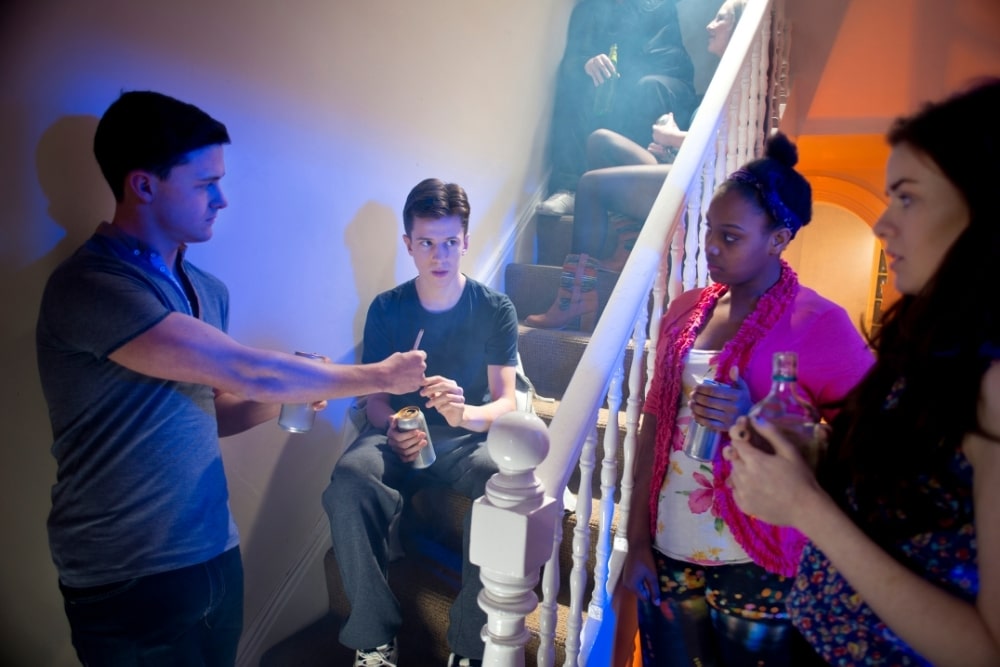
Your child being handed a drink can be labeled as negative peer pressure. The same goes for the pressure that promotes unsafe behaviors, such as unprotected sex, drunk driving, or taking drugs.
On the other side, if your child starts to eat healthier because their friends care about nutrition, we can freely label it as the result of positive peer pressure. The same goes for being more physically active or more engaged in community service.
And now, the more complicated answer.
We respond differently to peer pressure
In the end, it is not the pressure that will shape your child but how they respond to it. We could argue that if there was no peer pressure, we would not be motivated to act in a certain (negative or positive) way.
Still, if we learn to trust our gut, analyze the consequences of our actions, choose who we spend time with, seek support and advice and find other ways to build our sense of identity, we would have a shield against such pressure.
And it is not just about the response to negative peer pressure.
Kids can respond to positive peer pressure negatively. A peer group that promotes outstanding academic performance can help your child invest more time and energy into doing well in school.
If the group starts connecting academic performance to social appeal, a child can learn to connect their worth to their grades (which can be damaging to their self-esteem and very anxiety-provoking).
Before you panic out of confusion, breathe. Though more complicated, this is actually an encouraging answer!
It means that the control lies not only in who your child is friends with but also in the choices they make.
How can parents help?
Peers are a significant influence, and so are you.
Teach them about peer pressure.
They should know the term and the types of peer pressure. The sooner you talk about it, the more likely they are to learn to recognize it on their own. You can use the examples that we have suggested to you in the previous sections.
Build trusting relationships at home.
Children need to know that they can trust you enough to open up about their peers and their dilemmas.
Instead of responding with disappointment, explosive anger, blaming, shaming, rejection, and “I will fix it for you”, help them think about their actions and take the responsibility to address their problems.
The chances are, there will be times when you are angry and disappointed. How you express these emotions is what counts.
View in gallery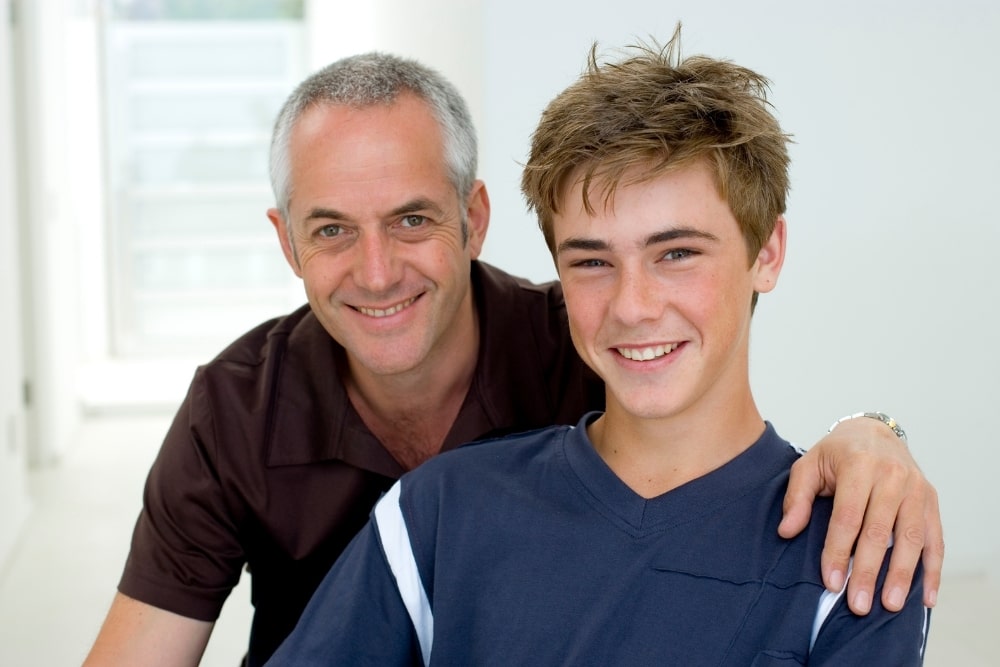
Model problem-solving and critical thinking.
Talk through your own challenges of decision-making. Introduce them to your own process of assessing risks and consequences. Invite them to offer their thoughts on the problem.
You can start from very simple, everyday decisions around shopping or housework. You can watch movies or shows, read books together, and talk about the characters and their choices.
Teach them to trust their gut.
The gut responds when something seems off. Teach them to take that body input as a warning signal, not necessarily to back out completely, but to stop and think about the consequences of their choices.
Show that you love, respect, and care about them.
If the kids don’t find acceptance and belonging at home, they will look for it elsewhere (and sometimes in the wrong places).
Acknowledge their strengths and interest, don’t label their personalities by what they do wrong or poorly, but encourage them to work through the challenges while trusting their capacities to handle them with your support.
Meet their friends.
Get to know who they are hanging out with. Show interest in what they enjoy doing together. Help them organize times and places to hang out with each other.
Before you judge something new they are doing, wearing, listening to, or watching, do your best to understand why it is important to them.
Teach them ways to say “no” (and that it is okay to do so)
Some kids say “yes” because they do not know how to say “no”. Talk about exit-strategies from situations with their peers that make them uncomfortable.
Sometimes, even excuses such as “sorry, I can’t. My parents would kill me if they found out” are better than saying, “sure”.
Help them recognize and ask for support.
If they do not want to talk to you, they should know who they can talk to. For example, they may rely on an older sibling, one of the family members or friends, a school psychologist or a counselor, or their teachers.
Peer pressure during COVID-19
Because of social isolation, kids now get together mostly on apps, social media, forums, servers, online gaming, and other digital platforms.
View in gallery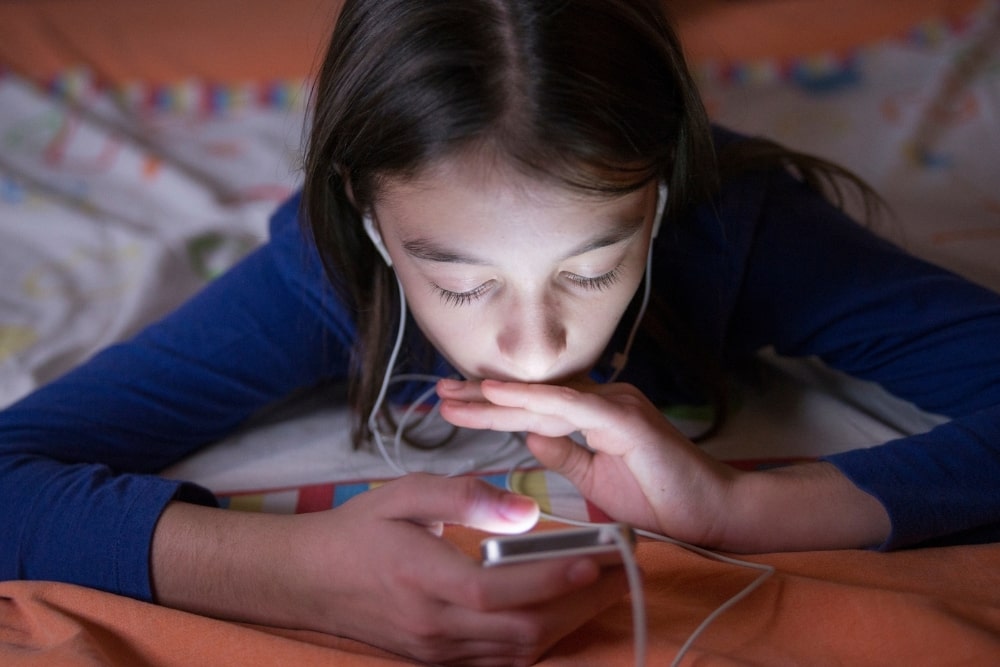
Online socializing presents a whole new set of challenges around safety. (If you haven’t already, make sure you address safety on the internet with your children.)
There is a lot of content online that can result in positive peer pressure. For example, kids can find support on forums around the cause they care about or the challenge they are experiencing.
One example is the forums and support groups for LGBTQP+ or mental health activists.
The peer pressure can be such that, if a teen wants to feel like a part of the group, they mimic the behaviors of the most influential activists – they show and ask for support, talk about challenges, advocate for themselves and others and learn coping strategies.
By the same token, there is a lot of negative peer pressure. Such an example is cyberbullying, where a peer group labels somebody as inadequate and encourages others to behave inappropriately or offensively towards that person.
Negative peer pressure can also appear through promoting certain body images as “sexy” or “ugly”, behaviors as “cool” or “lame”, or starting a chain of potentially dangerous challenges on social media.
Some examples can speak of both positive and negative peer pressure.
Such is online gaming. Whether it will become a context for negative peer pressure or not, depends on the type of game and the expectations from the players.
Its positive effects can be building teamwork and communication skills in an online setting, as a group of friends works to solve the problem in the game.
Our goal is to transform peer pressure into peer support
Peer pressure can lead to a lot of positive things. For example, it can help your child gain new interests, communicate better, relate to other kids their age, get out of their comfort zone so that they can learn and grow.
We should not strive to eliminate or lower peer pressure but to help kids choose wisely what they allow to influence them.
As mentioned earlier, peers can offer an idea of what could be a part of our identity. If you think about how we present ourselves, even as adults, we do so often by telling others about the groups we belong to.
When we are part of a group that acts, talks, or dresses the same, listens to the same music, or cares about similar causes, we get to identify with something that provides us structure and comfort (that we are not alone).
Being one of the band or science geeks, athletes, K-pop fans, or gamers, we get to see ourselves as a part of something bigger than ourselves.
View in gallery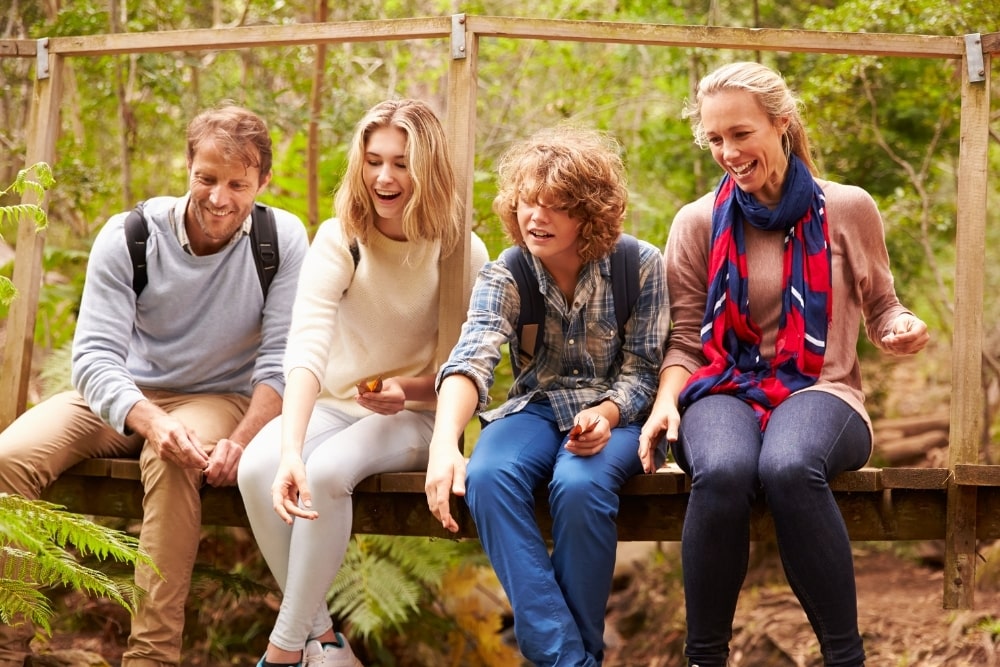
In understanding who we are and who we can be, that structure can help children and adolescents cope with the immense anxiety of growing up.
Our job as adults is to help kids find peer pressure that serves as peer support. The difference between pressure and support is subtle but significant. Peers who support you offer a choice, but do not impose it.
They do not force you to be more like they are, but to be a better version of who you want to be.




